Raw food often conjures up images of clean eating—think garden-fresh salads, sushi platters, or trendy raw vegan bites. But despite the health halo surrounding some uncooked foods, there’s a darker truth hiding beneath the surface. While many raw fruits and vegetables are perfectly safe (and even encouraged), others can quietly harbor harmful bacteria, natural toxins, or tough-to-digest compounds that turn your healthy habit into a risky gamble.
Food safety experts and nutritionists have long warned that certain foods are best enjoyed only after they’ve been thoroughly cooked. Why? Because heat isn’t just about taste or texture—it’s also your best line of defense against pathogens like E. coli, Salmonella, Campylobacter, and Listeria. These bacteria can cause serious gastrointestinal distress or worse, especially in children, pregnant women, older adults, and those with weakened immune systems. And it’s not just the usual suspects like raw meat or eggs you have to worry about. Some of the most surprising culprits include pantry staples and seemingly innocent health foods like sprouts and flour.
Even foods that look fresh and unprocessed can harbor hidden dangers. Undercooked beans, green-tinged potatoes, and unpasteurized milk might sound natural, but that doesn’t make them safe. In fact, cooking them properly may be the only thing standing between you and a nasty bout of foodborne illness.
If you’ve ever been tempted to lick the spoon of raw cookie dough or throw some raw mushrooms on a salad, it might be time for a rethink. In this article, we’re spotlighting 10 everyday foods that might look harmless on your plate—but absolutely shouldn’t be eaten raw. From sprout-laden sandwiches to oysters on the half shell, these are the items you’ll want to double-check before you dig in.
1. Raw Chicken: A Bacteria Playground
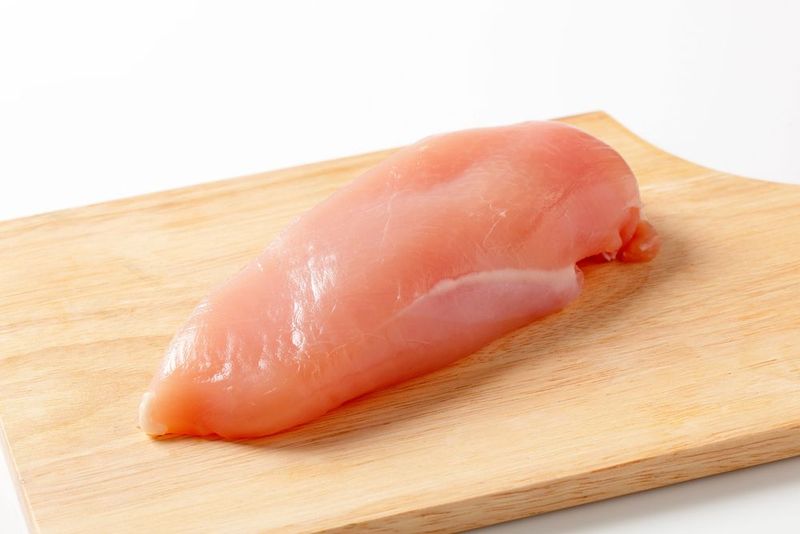
Behind that pink, innocent-looking chicken breast lurks potential danger. Raw poultry commonly harbors Salmonella and Campylobacter bacteria that can cause severe stomach cramps, fever, and diarrhea if consumed.
Never wash raw chicken in your sink as this spreads bacteria around your kitchen! Instead, use a separate cutting board for poultry and clean all surfaces thoroughly afterward. The safe internal temperature for cooked chicken is 165°F (74°C).
Food safety experts recommend using a meat thermometer rather than judging by color, as even fully cooked chicken can sometimes retain a slightly pink tinge near the bone.
2. Eggs: Salmonella Surprise
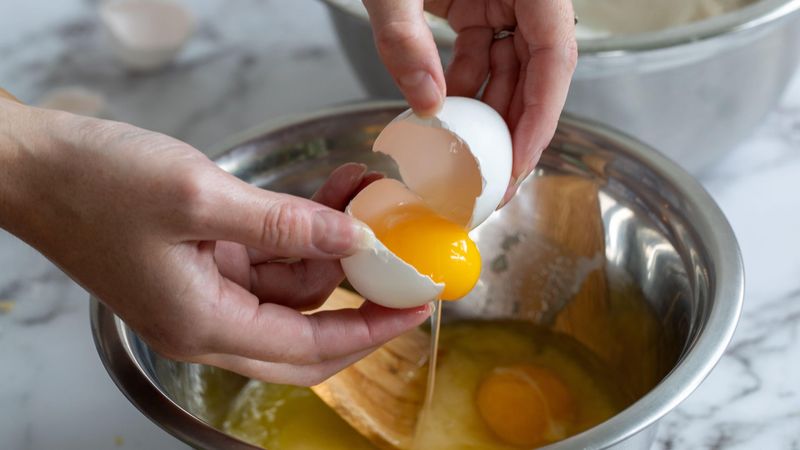
Cracking raw eggs into your cookie dough for a taste might seem harmless, but it carries real risks. The smooth, golden yolks can harbor Salmonella bacteria, which causes symptoms ranging from stomach pain to dangerous dehydration.
Cooking eggs until both whites and yolks are firm kills harmful bacteria. For recipes requiring raw eggs, like homemade mayonnaise or Caesar dressing, pasteurized eggs offer a safer alternative.
Fun fact: The risk of Salmonella is actually in both the yolk and white, not just the shell as many people believe. Always refrigerate eggs promptly and discard any with cracked shells.
3. Ground Beef: Hidden E. coli Threat
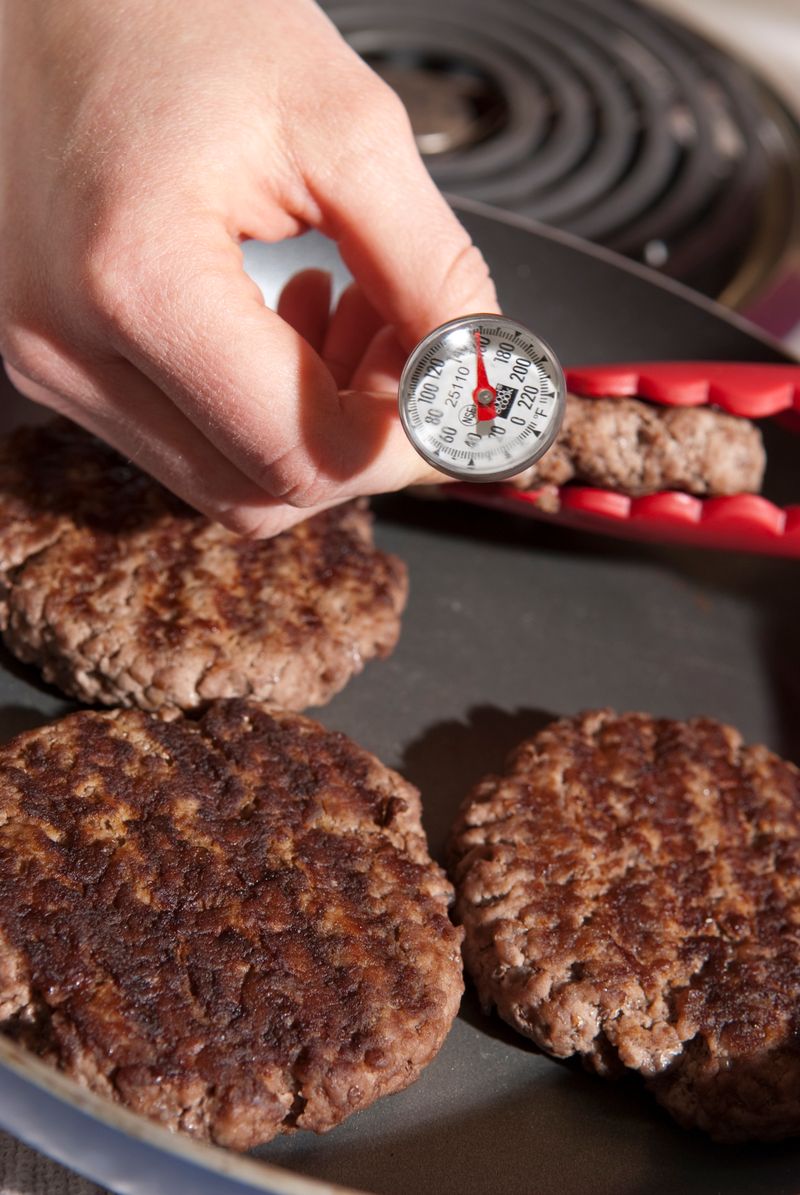
That juicy, rare hamburger might look mouth-watering, but undercooked ground beef poses serious health risks. Unlike whole cuts where bacteria remain on the surface, grinding distributes E. coli throughout the meat.
A single contaminated portion can affect an entire batch. The grinding process spreads any surface bacteria throughout the meat, making thorough cooking essential. Always cook ground beef to 160°F (71°C) – no pink should remain.
Medium-rare steaks are generally safe because bacteria stay on the surface and are killed during searing, but ground beef requires complete cooking to eliminate harmful organisms hiding within.
4. Shellfish: Ocean’s Deceptive Delicacy

Glistening on ice at seafood markets, raw oysters and clams might seem like luxurious treats. However, these filter-feeders can concentrate harmful Vibrio bacteria from their marine environments.
Vibrio infection causes intense abdominal cramping, vomiting, and fever. People with compromised immune systems face particularly severe risks, including potentially fatal bloodstream infections. Cooking shellfish until the shells open and the flesh becomes opaque kills these dangerous bacteria.
Despite popular belief, adding hot sauce or lemon juice to raw shellfish does not kill bacteria – only proper cooking ensures safety. Those with liver disease or weakened immunity should always avoid raw shellfish entirely.
5. Sprouts: Bacteria’s Perfect Breeding Ground
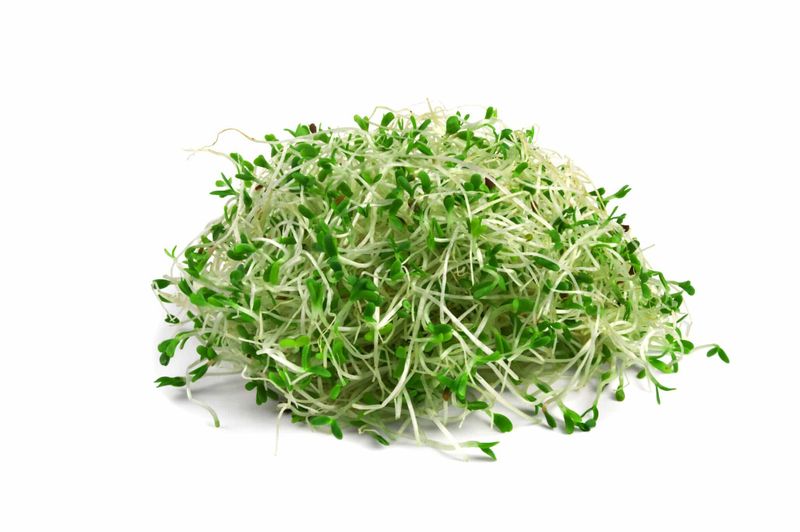
Crunchy alfalfa and bean sprouts add texture to sandwiches and salads, but their growing conditions create perfect bacterial breeding grounds. Warm, moist environments necessary for sprouting also help harmful organisms multiply rapidly.
Children, elderly people, pregnant women, and those with weakened immune systems should be especially cautious. The seeds themselves may harbor bacteria that flourish during sprouting, and the complex structure of sprouts makes them difficult to wash effectively.
Cooking sprouts until steaming hot reduces risk significantly. Some manufacturers now offer irradiated seeds for home sprouting, which helps reduce bacterial contamination while maintaining the ability to grow nutritious sprouts.
6. Flour: The Unsuspected Culprit
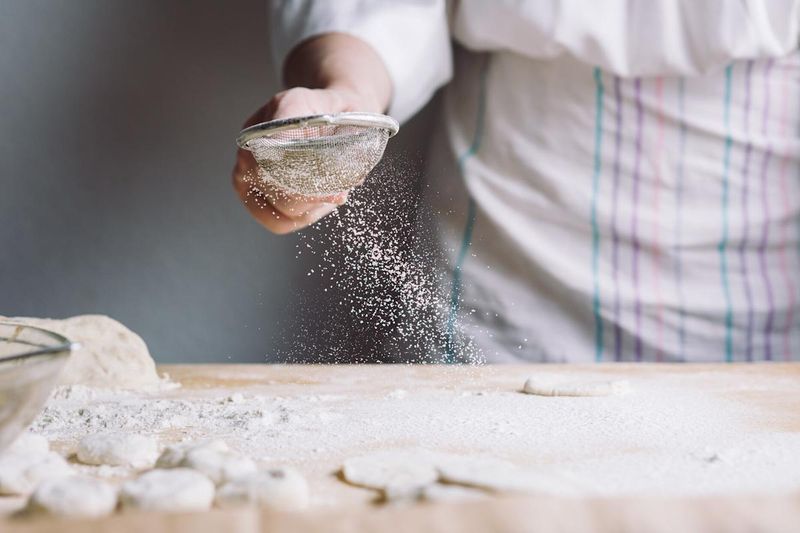
Licking the spoon after mixing cake batter seems like a childhood rite of passage, but raw flour poses surprising dangers. This seemingly innocent powder can harbor E. coli bacteria from the fields where grains grow.
Unlike many ingredients, flour undergoes minimal processing before packaging. It doesn’t receive any heat treatment that would kill potential pathogens. Recent E. coli outbreaks have been traced back to contaminated flour, leading to recalls and increased awareness.
Heat from baking makes flour safe to eat. For recipes like edible cookie dough, microwave the flour for about 1 minute or bake it at 350°F (175°C) for 5 minutes before mixing with other ingredients.
7. Kidney Beans: Nature’s Little Poison Pills
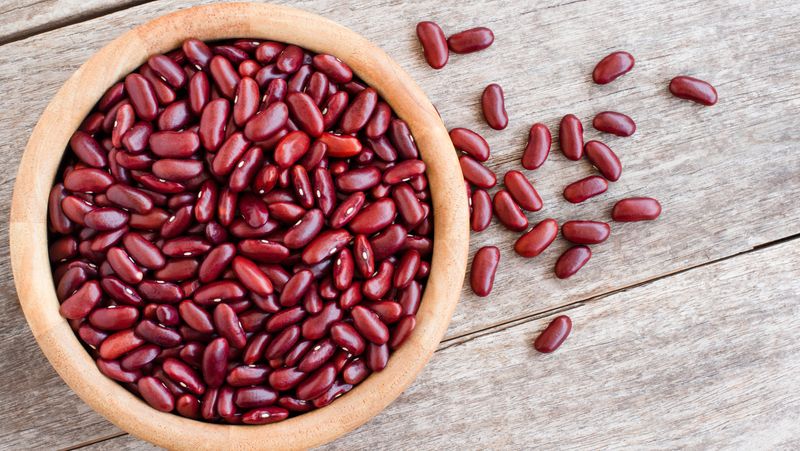
Vibrantly colored kidney beans contain a natural toxin called phytohemagglutinin that can trigger severe nausea, vomiting, and diarrhea when consumed raw or undercooked. Ironically, slow cookers can make matters worse by heating beans to temperatures that increase toxicity without destroying it.
Proper preparation involves soaking dried kidney beans for at least five hours, discarding the water, then boiling vigorously for at least 30 minutes. This process breaks down the toxic compounds, making the beans safe and nutritious.
Red kidney beans contain the highest concentration of this toxin, but white kidney beans (cannellini) also contain significant amounts. Canned beans undergo proper processing and are safe to eat after brief heating.
8. Potatoes: Green Means Stop
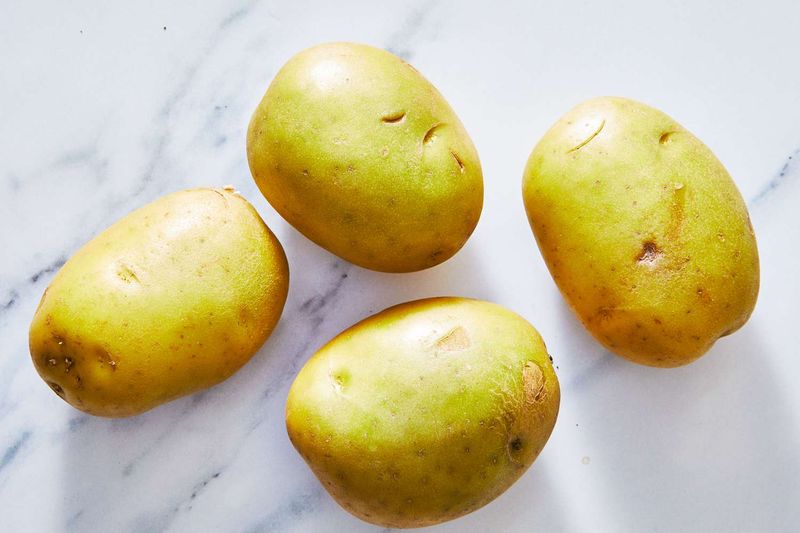
Potatoes turning green isn’t just an aesthetic issue – it signals the presence of solanine, a natural toxin that develops when potatoes are exposed to light. This compound causes headaches, nausea, and in severe cases, neurological symptoms.
Always store potatoes in cool, dark places to prevent greening. Cut away small green spots before cooking, but discard heavily greened or sprouted potatoes entirely. Cooking reduces solanine levels but may not eliminate them completely from very green potatoes.
Ancient Incas actually developed techniques to make potatoes safer by freeze-drying them at high altitudes, creating a product called chuño that could be stored safely for years. Modern cooking methods like boiling, baking, or frying all help reduce potential toxicity.
9. Unpasteurized Milk: Bacteria’s Perfect Medium

Creamy and rich, raw milk straight from the farm might seem wholesome, but it lacks the crucial heat treatment that kills dangerous microorganisms. Unpasteurized milk can harbor Listeria, E. coli, and Salmonella – bacteria that cause serious illnesses.
Pregnant women face particular dangers from Listeria, which can cross the placental barrier and harm developing babies. Children and elderly people also face heightened risks from raw milk consumption.
While advocates claim raw milk offers superior taste and nutrition, scientific evidence doesn’t support significant nutritional advantages over pasteurized milk. The pasteurization process heats milk to specific temperatures just long enough to kill harmful bacteria while preserving most nutritional benefits.
10. Wild Mushrooms: Forest Floor Roulette
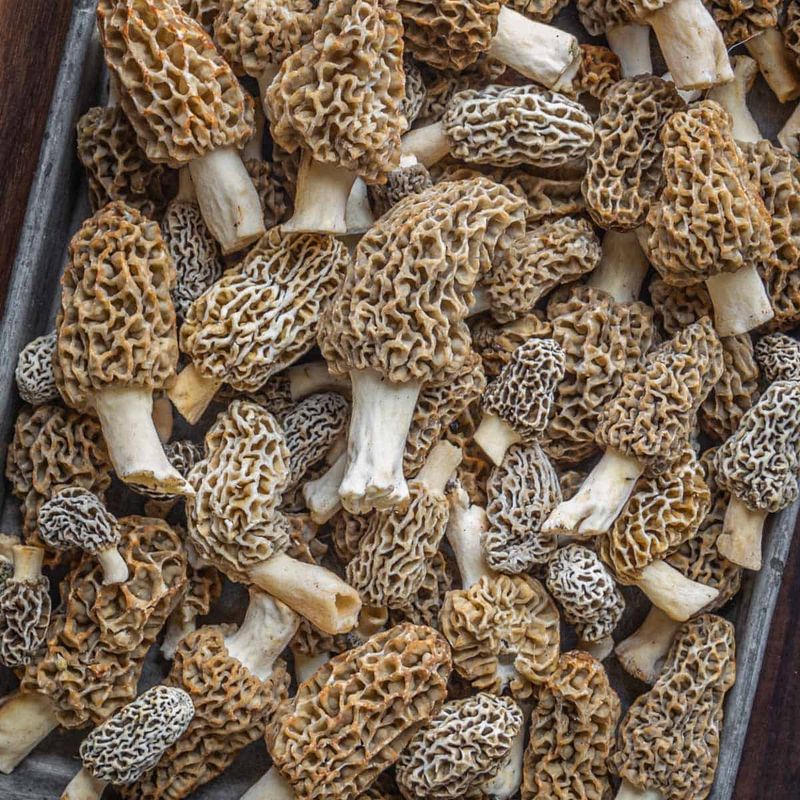
Even cultivated varieties like shiitakes and morels contain compounds that can cause stomach upset when eaten raw. Cooking breaks down these irritating substances, making mushrooms both safer and more digestible.
Wild mushroom foraging presents even greater risks. Toxic varieties can closely resemble edible ones, and misidentification leads to thousands of poisonings annually. Some toxic mushrooms contain compounds that cooking cannot neutralize.
Professional chefs always cook mushrooms thoroughly, not just for safety but because heat releases flavors and improves texture. The cell walls of mushrooms contain chitin – the same substance found in crab shells – which becomes tender and digestible only after proper cooking.
Leave a comment